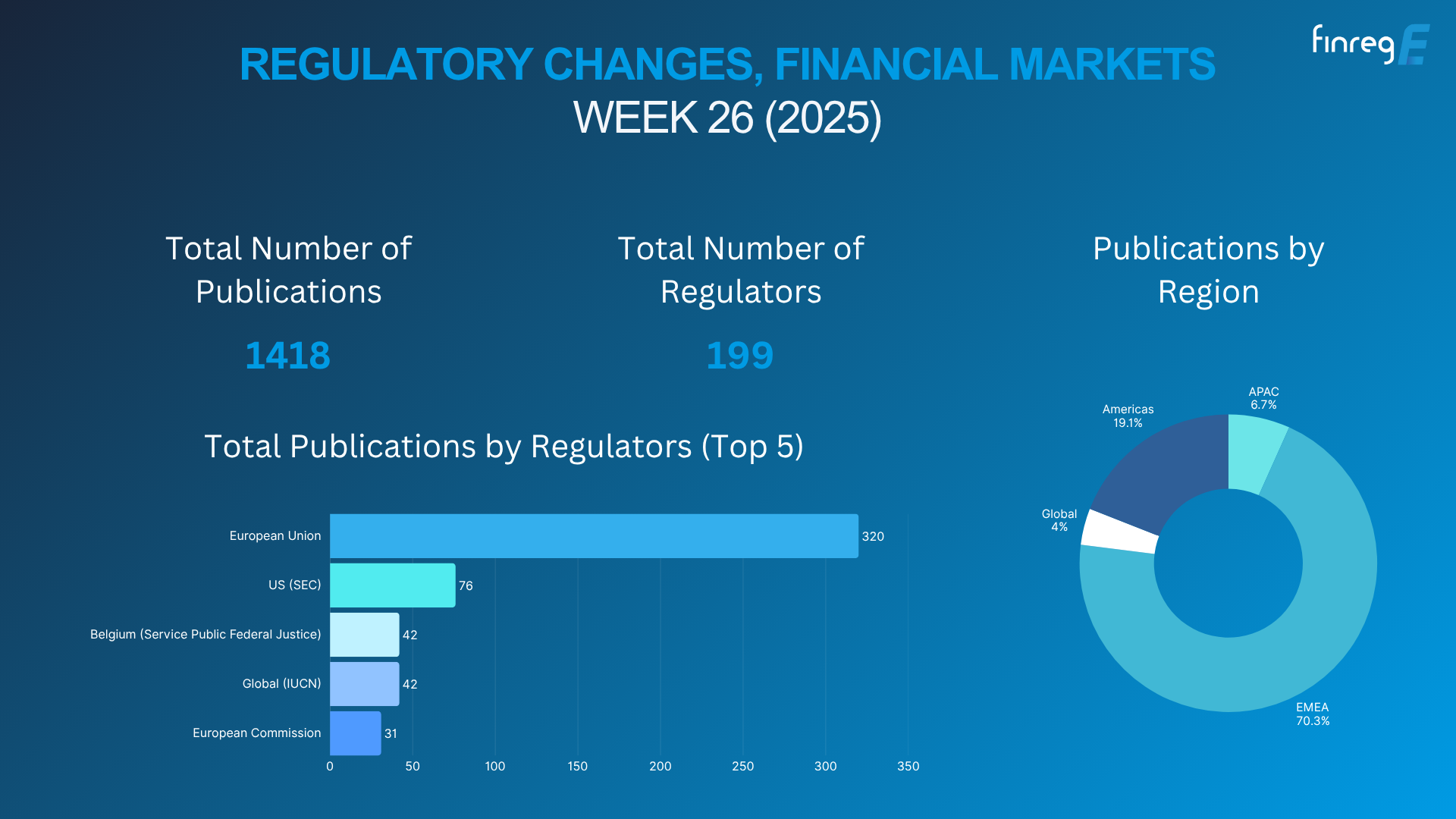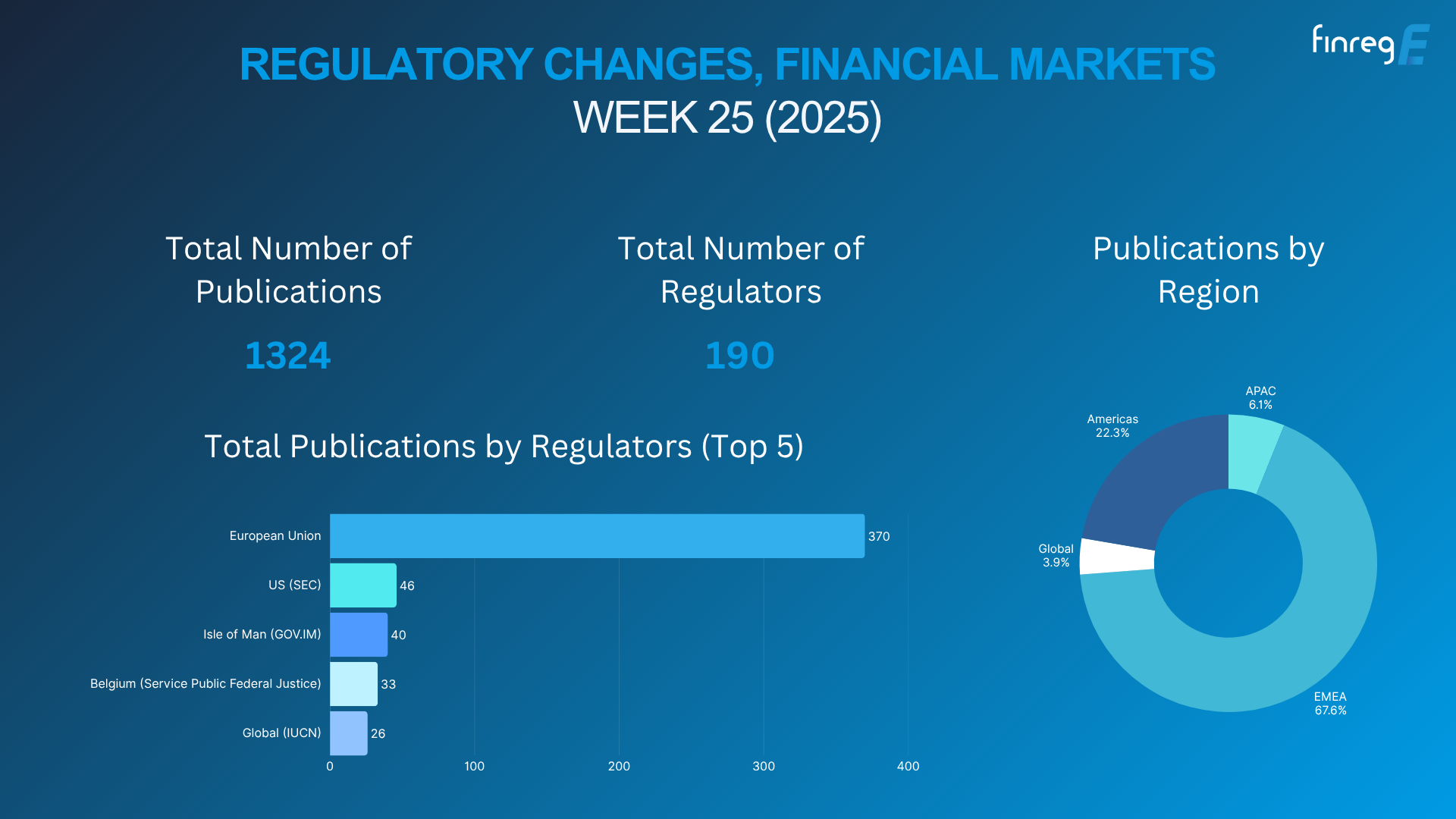Over the next few years, we can expect financial regulation to undergo a significant change as regulators try to rein in new, disruptive financial assets such as cryptocurrency while also guiding the financial industry to pre-pandemic performance levels.
The renewed focus on internal audits places additional pressure on financial institutions, for they must take a more proactive, aggressive approach to regulatory compliance management where they supervise their regulatory measures instead of waiving the responsibility to external organisations.
Relying too much on external specialists might provide financial institutions with some temporary relief. Still, it denies them the opportunity to refine and integrate compliance meaningfully into their business operations to glean the benefits of regulation while leaving behind the drawbacks.
This is where internal audits become essential to organisations—it allows financial institutions to combine the benefits of compliance while reducing the drawbacks of regulatory management.
In subsequent sections, we are going to explain how financial institutions can leverage regulatory advisory services and turn internal audits into an efficient and timely process.
Can we optimise regulatory compliance management with internal audits?
An internal audit ensures that an institution can achieve several control objectives, including efficient operations, safeguarding assets, and reporting financial compliance when needed.
The audit can assess the effectiveness of an organisation’s policies, personnel, processes, and internal control systems.
A well-planned and executed internal audit program ensures that institutions follow best practices and incorporate the latest updates into their practices.
However, the challenge in internal audits comes when institutions struggle to conduct these audits efficiently and ensure that any findings are implemented on time to ensure compliance.
While internal audits are excellent for identifying compliance gaps and ensuring that institutions follow best practices, making these findings and relaying them to business units within the organisation is inefficient, leading to delays and risks of violating compliance regulations.
However, internal audits can optimise regulatory compliance management by helping organisations obtain the latest regulatory updates faster, incorporate them into business operations and ensure that the business remains compliant.
With the right solutions in place, institutions can ensure that they are compliant with the most recent updates and convert them into a more agile and responsive process.
The key is to leverage regulatory solutions and incorporate them into fundamental compliance procedures.
Conducting effective audits with regulatory advisory services
Regulatory advisory services are RegTech platforms that can help organisations optimise what can be a complex process.
These solutions can improve internal audits by eliminating redundant processes and inefficiencies that normally discourage organisations from gaining the most value from their organisations.
The best use of these solutions is to plug the platform into the internal audit. While internal audits can vary in scope and scale, each audit follows a few important steps.
For example, each internal audit should remain an independent function that must be able to report objective evaluations and findings to the board and committee.
Objectivity and unbiased findings are critical for internal audits; regulatory solutions, using AI, NLP, and advanced analytics, can deliver detailed, objective, and unbiased reports to relevant stakeholders, which is crucial for making internal audits more effective.
Another critical aspect of internal audits is the ability to identify and evaluate the highest risks associated with financial institutions.
Risk identification and evaluation is one of the most important aspects of an effective internal audit because it highlights inherent risks and controls to mitigate them.
Regulatory solutions can help institutions optimise this critical process to highlight more risks that would have been missed through manual methods. In addition, advanced regulatory solutions can help organisations assess their own compliance workflows to determine risks and gaps far more efficiently than before.
Moreover, advanced regulatory platforms can help organisations incorporate the latest regulatory updates into internal business operations, making it easier to keep up with the latest updates.
Establishing effective and efficient internal audits
Internal audits are critical for ensuring that business operations remain compliant with the latest updates while ensuring that your institution follows regulatory frameworks, such as Basel IV.
When effective regulatory solutions complement audits, they can help fix compliance gaps and optimise risk management to ensure that organisations are compliant with regulatory frameworks while also controlling regulatory costs.





